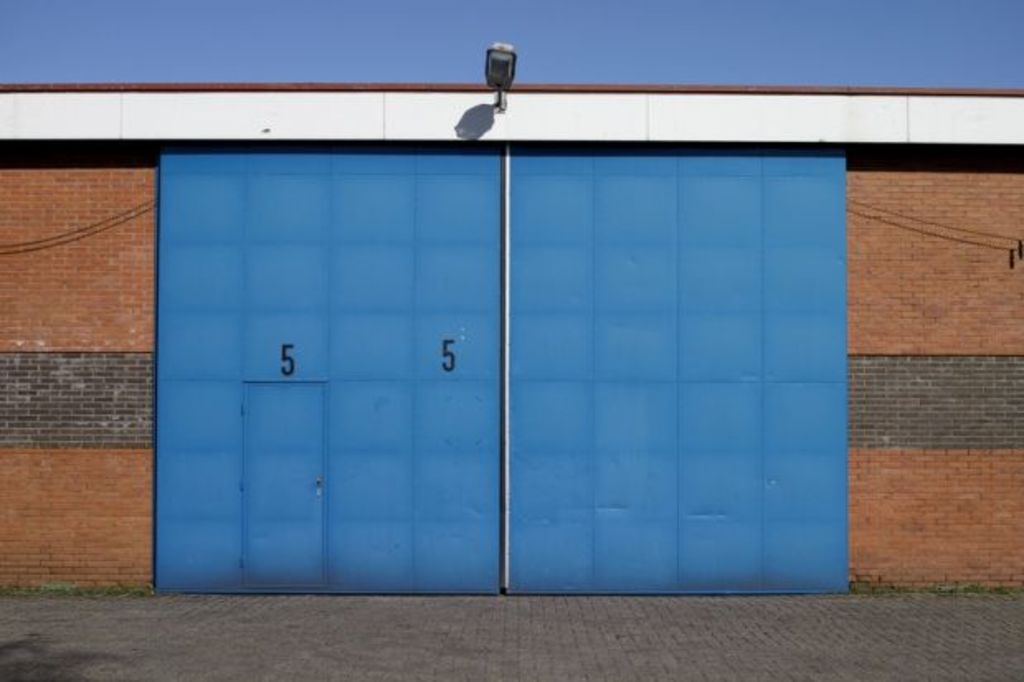How to avoid the pitfalls of off-site storage units

A room of one’s own, away from home, to safely store all your treasures.
If you’re keen to stash your budding collection or declutter treasures, it is tempting to consider renting off-site storage – but experts warn that it’s all to easy to forget what is in there, and be stuck with an ongoing cost.
Off-site storage, they suggest, should be a short term solution.
When do you need storage?
“The only time I think a storage unit is useful is when someone may be building, and they’ve got to temporarily go into rented accommodation,” said Angella Gilbert of the decluttering business, Gioia.
“They can give you a bit of breathing space when moving house, or even countries, and can be useful for storing belongings if you’re living in an apartment for a while with the intention of moving back into a larger house,” said Liz Bradley, the professional organiser otherwise known as The Tidy Lady.
“However, if you have a small home, and big interests like skiing or camping and you have a unit with the correct conditions, it can be a very useful space.”
- Related: Behind Australia’s $1 billion storage industry
- Related: Furniture inspired by airline storage units taking off
- Related: Self storage units are gobbling up space in New York
Pitfalls to beware
The biggest issue with storage is that it gives you the opportunity to accumulate more things, while forgetting what you already have.
“People are getting one and two storage units and then going on and paying for them ad infinitum with no determined end date and they’ve forgotten what they’ve got in them half the time,” said Gilbert.
Checking in on your storage regularly and re-evaluating if you still need it is key. If you’ve gone without it for a year, do you really need it?
“I’m not up for people wasting their money,” said Gilbert. “It’s a waste. These things can cost anything from $100 to $200 a month.”
Storage facilities can also be breeding grounds for mould if you don’t effectively prepare your belongings or choose the right place.
“One of the biggest dangers of storage units is damage caused by poor conditions,” said Bradley. “Dampness, dust and mould are avoidable, if you choose a reputable firm and inspect the unit.”
“Look for water stains, dirty corners and pay close attention to smells. Regular visits are recommended too, especially after storms and the long winter months.”
“Heat can be a problem too. Artworks, vinyl records, wooden items and electrical equipment don’t do well in temperature extremes. Consider keeping vulnerable items in internal, temperature controlled units,” said Bradley.
Emotional baggage
The real problem often is that we just can’t say goodbye.
“Too many people hoard stuff that they don’t need to keep, and I would lay bets that there would be stuff in there belonging to parents who have passed away and they don’t know what to do with it,” said Gilbert. “So it’s a real emotional thing.”
“It’s the memories. They don’t want to let go of those,” said Gilbert.
“Having a storage unit doesn’t make you a hoarder; however, if you find yourself constantly adding more and more to your storage unit either because you simply can’t fit any more things in your home or you can’t bear to part with things, even by donating to charity, you might have hoarding tendencies,” said Bradley.
“If you are concerned, it might be better if you refrain from maintaining a storage unit. If you believe you need help with hoarding please contact an anxiety specialist or talk to your doctor,” said Bradley.
So what to keep?
Even with the emotional stuff, the experts recommend it’s best to only keep what you’re going to use.
“If you’re going to use it and get the enjoyment out of using Grandad’s chair then I’d say keep it, but don’t hold onto it away somewhere where it’s not being used.”
“Is something useful? And is it going to be used?” said Gilbert. “Not just, ‘It might be useful one day.’ Is it going to be used? Or is it going to be used in the very near future?”
Or, decide by only keeping what you love.
“I think that everything has a value, that you put on it,” said Gilbert. “If that thing is beautiful so that therefore it makes you feel joyful when you look at it, that has real value, to me.”
How to prepare
The best way to start is with the creation of a master list that you add to as you go.
“Make a master list that you keep in your own house,” said Gilbert.
“The master list will basically say, ‘Box number one has got such and such and such and such.’ It doesn’t matter how long it takes you to do it but you need to do it. Then anytime you can look at that list and realise, ‘Oh, that’s where that thing is that we’ve been looking for.’ Or, ‘Hey, we don’t need to keep that any longer.’ Or, “Let’s sell that.'”
Next, keep as much as possible in stackable plastic storage boxes with strong lids. If you can’t have those, use industrial plastic wrap to protect your boxes and use the strongest boxes you can find.
“Wrap and pack as carefully as if you were moving across the country, things can still break in transit and while being stacked,” said Bradley.
Next, it’s time to, “Label, label, label.”
“The bigger the better,” said Bradley, “and number your containers.”
“Label everything, in big clear text and use durable tape or stickers. Heat and cold can make sticky tape deteriorate and labels are no use at all on the floor.”
Finally, pack like with like wherever possible.
“For easier retrieval try not to mix things up; winter gear in one big box, books in a few smaller boxes, kept together; kitchen equipment and pots; toys in personally named boxes,” said Bradley.
Organise effectively
Bradley recommends arranging your boxes with the heaviest and biggest on the bottom, and the most likely to be needed in the front of the unit nearest the door.
Avoid the potential dramas of flooding by keeping everything off the floor using wooden pallets.
– This story originally appeared on stuff.co.nz
We recommend
We thought you might like
States
Capital Cities
Capital Cities - Rentals
Popular Areas
Allhomes
More







